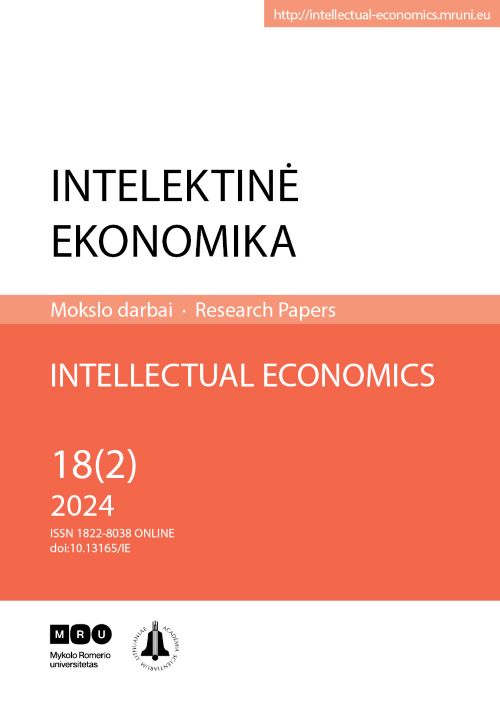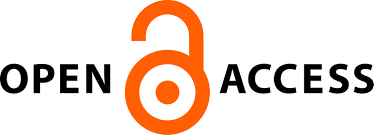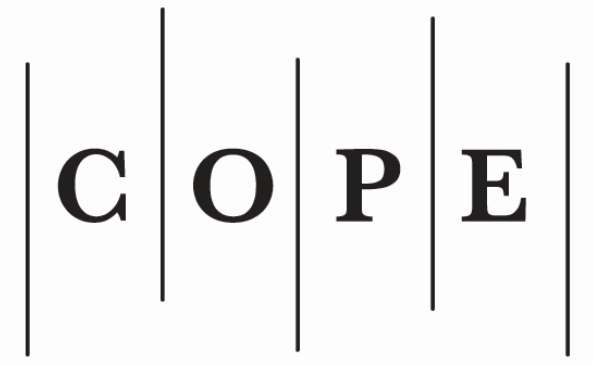A multi-objective credibilistic approach to portfolio optimization: balancing return, risk, and liquidity in emerging and developed markets
##plugins.themes.bootstrap3.article.main##
Abstract
Purpose. The current study will use credibility theory to optimize multi-objective portfolios in the Colombian stock market, taking the US market as a reference.
Methodology. L-R fuzzy numbers are applied to model uncertainty in each asset’s future liquidity and return. Cardinality constraints and upper and lower bounds are included for a more realistic model. The analysis is based on a sample of 779 weeks of data between 2009 and 2023 from the Colombian stock exchange, complemented with a comparative evaluation of a portfolio composed of larger-cap NYSE stocks, which shows the model’s adaptability in both developed and emerging market contexts.
Findings. The model balances return, risk, and liquidity effectively, hence underlining the main trade-offs that, for example, in the Colombian market, a higher level of liquidity involves higher risk and lower profitability. In contrast, this relation is weaker for the US market, which reflects greater stability. Such analysis of optimal portfolios in both markets outlines structural differences and proves the ability of our model to provide efficient solutions tailored to each market environment.
Originality. This is the first study to apply a multi-objective credibility model in portfolio selection in the Colombian stock exchange. It contributes to the literature on portfolio optimization in important ways: it offers empirical results for an underexplored region, helping academics and practitioners refine investment decision-making in emerging markets.
##plugins.themes.bootstrap3.article.details##
Authors contributing to Intellectual Economics agree to publish their articles under a Creative Commons Attribution 4.0 International Public (CC BY) License, allowing third parties to share their work (copy, distribute, transmit) and to adapt it, under the condition that the authors are given credit, and that in the event of reuse or distribution, the terms of this licence are made clear.


 https://orcid.org/0000-0002-5896-094X
https://orcid.org/0000-0002-5896-094X





